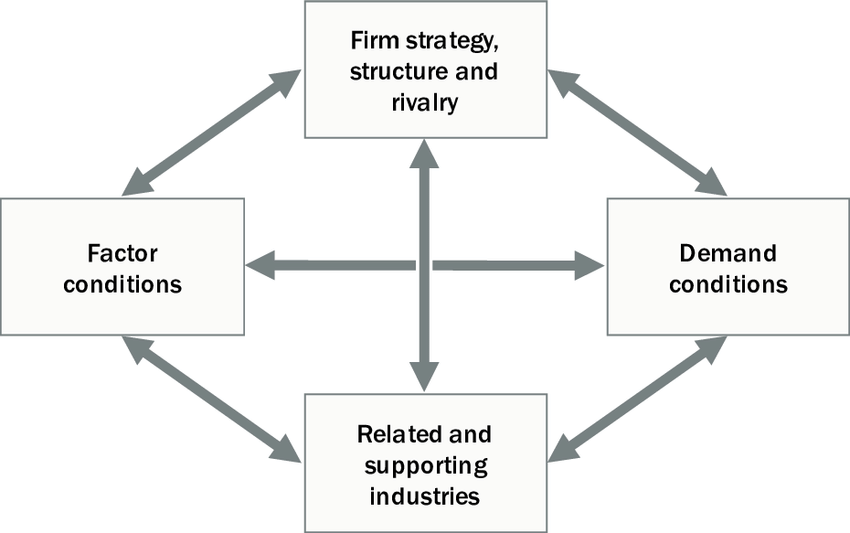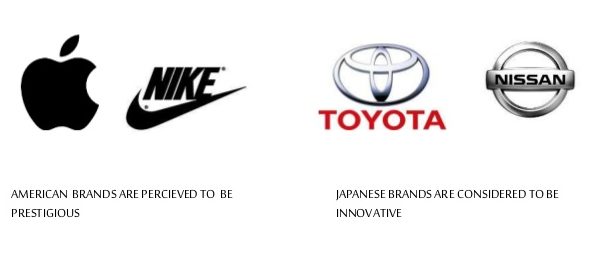The organizations have been focused towards adopting key business approaches and practices that would contribute towards their improved revenue as well as profitability in the marketplace. In order to achieve such strategic goals to revenue and operational growth, it is required by the management to identify and understand the changing market needs, as well as the stakeholder preferences and accordingly the internal business or operational strategies, are to be defined. Considering such need, it can be reflected that in the present marketplace there is a need for the business organization to focus towards the increased social preferences and need towards sustainability and societal development along with that of the business growth. The approach to sustainability ensures that the business organization Continue reading
International Business
International Business Management deals with the maintenance and development of a multinational operation across national borders, whose manager has the knowledge and the skills to manage and handle cross-cultural processes, stakeholders and business environments in a right way.
Three Approaches for Promoting Diversity in the Workplace
Though, diversity can have a wide range of meanings, some companies use the traditional Equal Employment Opportunity Commission (EEOC) definition of diversity, which deals with differences in gender, racioethnicity, and age. Other companies tend to favor the broadest definitions of diversity, ones that encompass differences in gender, racioethnicity, age, physical abilities, qualities, and sexual orientation, as well as differences in attitudes, perspectives and background. Many individuals rely on a more detailed definition of diversity considering diverse people as being in the non-dominant social system who have been traditionally under research and under served. While there is no correct definition of diversity, the three diversity initiatives discussed in this article seem to target a definition that encompasses creating a diverse work Continue reading
Understanding the Importance of International Business Strategy
The survival and progression of businesses in the 21st century is highly dependent on the ability of firms to expand beyond their national borders, taking into account the cost effectiveness of expansion and the complexity and risks associated with the company’s chosen international business strategy. The resources and objectives of a firm, as well as the demand for their product outside their national borders are important in taking the decision to globalize a company’s products and/or services. Although three strategies are more common, namely multi domestic, global and transnational approaches, the fourth strategy available to firms is the international approach to global expansion. This article will analyze the two approaches that differ in local responsiveness and cost pressure for the Continue reading
Multinational Marketing Information System (MMIS)
In general, marketing research is the process wherein vital information pertaining to the market is gathered thru data acquisition and is analysed in order to help the senior management reduce the risk associated with decision-making thru the means of an effective information dissemination system. Because of this, the marketing research tool plays a vital role in the overall process of management information systems. With the expansion of countries into the global market, multinational marketing research has taken flight. Multinational marketing research is the systematic and objective acquisition of data pertaining to the market in which the company wishes to penetrate. It is a support tool for the decision makers in order to reach a sound decision that involves the proper Continue reading
Analysis of Porter’s Diamond Model of National Advantage
Michael Porter introduced the diamond model of national competitive advantage (1990) to explain why a number of countries are more competitive than others and why a number of businesses within the countries are more competitive. Porter’s Diamond Model proposes that the national home base of an industry plays an important role in achieving an advantage on a universal scale. This home base contributes the essential factors that will support the organisations in building advantages in global competition. Porter identified four determinants in attaining a national competitive advantage he concludes that a combination of the four determinants within a nation has an enormous influence on the competitive strength of the firms located there. Porter argues that competitive industries take the form Continue reading
Country of Origin Effect in International Marketing
The Country of Origin Effect is the influence that the manufacturer country has on the positive or negative consumer judgment. Studies have shown that when a customer becomes aware of the country of origin of a product his/her image about the product is influenced either positively or negatively according to his perceptions. Consumers tend to have a stereotype about product and countries that have been formed by experience, hearsay, myth. These stereotypes are generally broad and vague according to which they judge a specific country or a specific product to be the best: French Perfumes, Italian Leather, Chinese Silk and Japanese Technology are all examples of such stereotypes. Therefore the country, the type of product, and the image of the Continue reading



